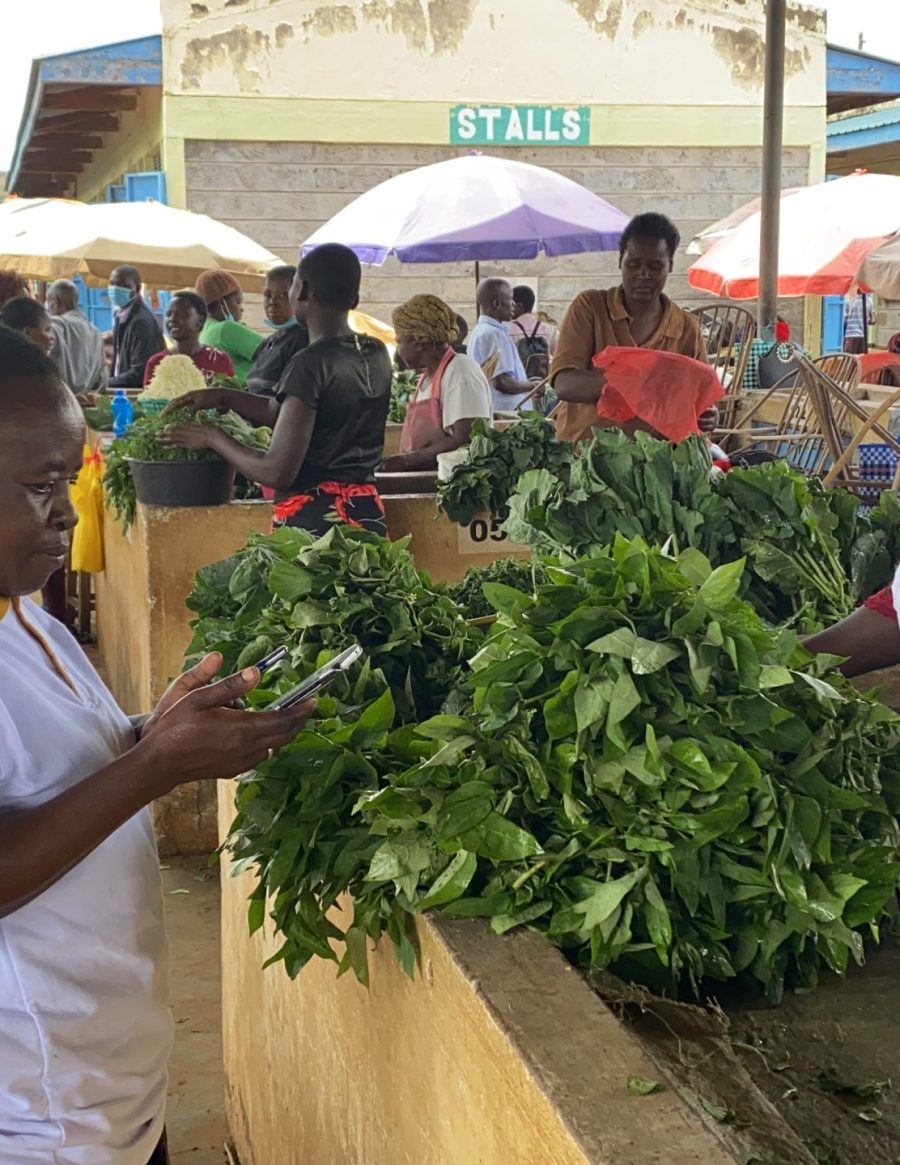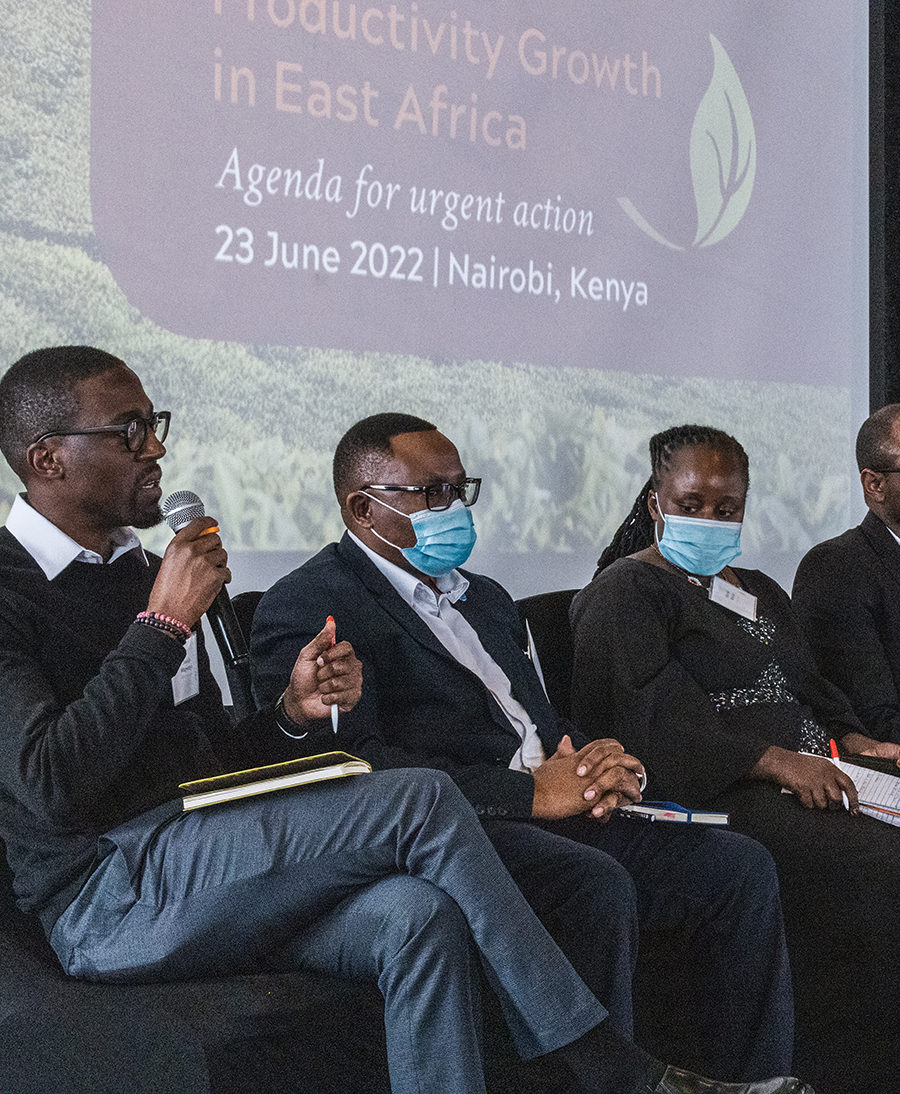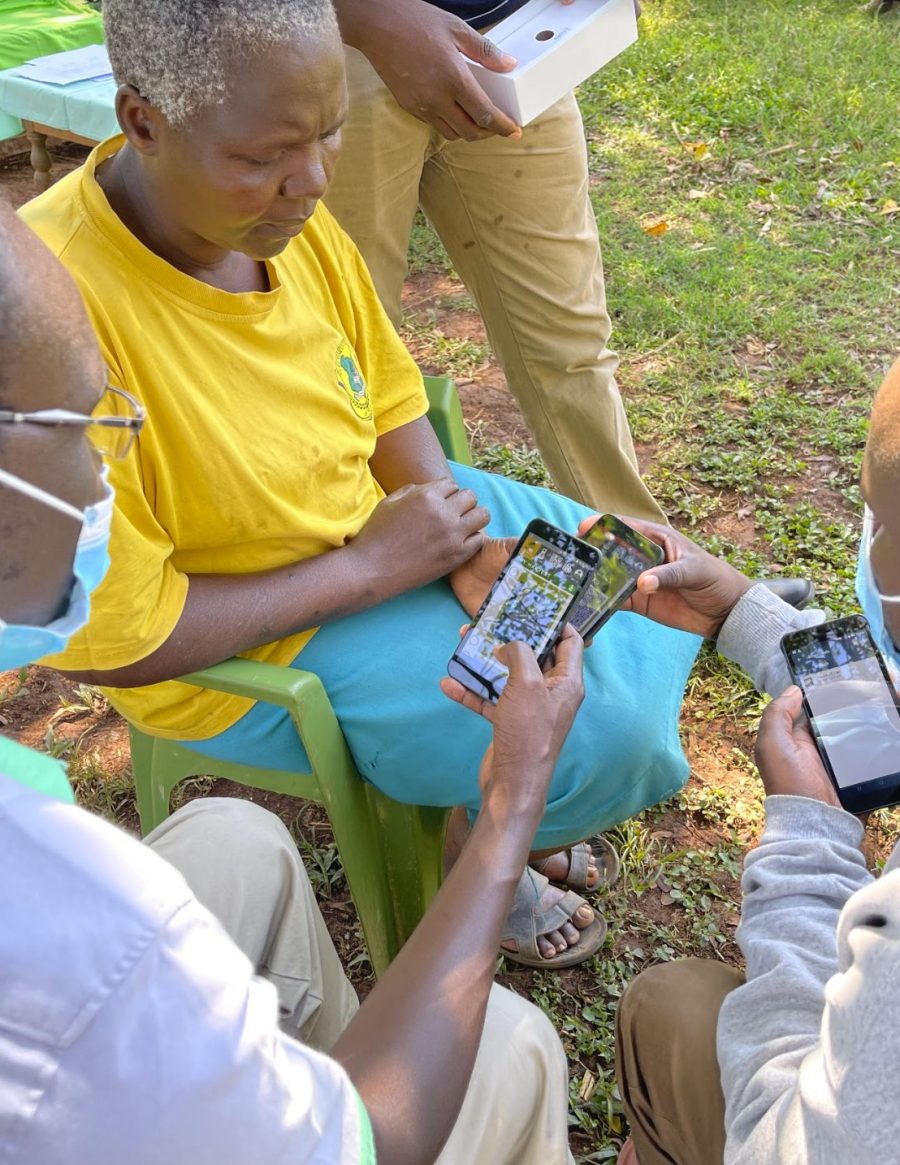A veterinarian, clinical pharmacologist, teacher, researcher, and distinguished academic leader, Dr. Cyril R. Clarke became the Executive Vice President and Provost of Virginia Tech in January 2019, after serving in an interim capacity since November 2017.
A native of Johannesburg, South Africa, Clarke earned his professional veterinary degree from the University of Pretoria, South Africa, a Ph.D. in veterinary pharmacology from Louisiana State University, and a master’s degree in higher education from Oklahoma State University. He is certified as a Diplomate of the American College of Veterinary Clinical Pharmacology.
Clarke’s initial faculty appointment in 1987 was at Oklahoma State University, where he also served as an academic department head and associate dean for academic affairs in the Center for Veterinary Health Sciences. Funded by corporate, state, and federal agencies, including the U.S. Department of Agriculture and National Institutes of Health, Clarke’s research focused on the interactions between antibacterial agents, animal patients, and infectious microbes. He is a recipient of the Pfizer Award for Research Excellence.
In 2007, Clarke was appointed to the position of Lois Bates Acheson Dean of the College of Veterinary Medicine at Oregon State University. During his time as dean, Clarke continued to teach pharmacology to veterinary students. In addition to receiving a Certificate of Excellence in Teaching, Clarke was honored with the Oregon Veterinary Medical Association’s President’s Award. He subsequently joined Virginia Tech in October, 2013, as Dean of the Virginia-Maryland College of Veterinary Medicine.
Clarke has held leadership positions in several professional organizations, including the board of directors for the Association of American Veterinary Medical Colleges and past president of the American College of Veterinary Clinical Pharmacology. He is also a past member of the National Agricultural Research, Extension, Education, and Economics Advisory Board and the AVMA Council on Education, the accrediting agency for veterinary medical education in North America.




